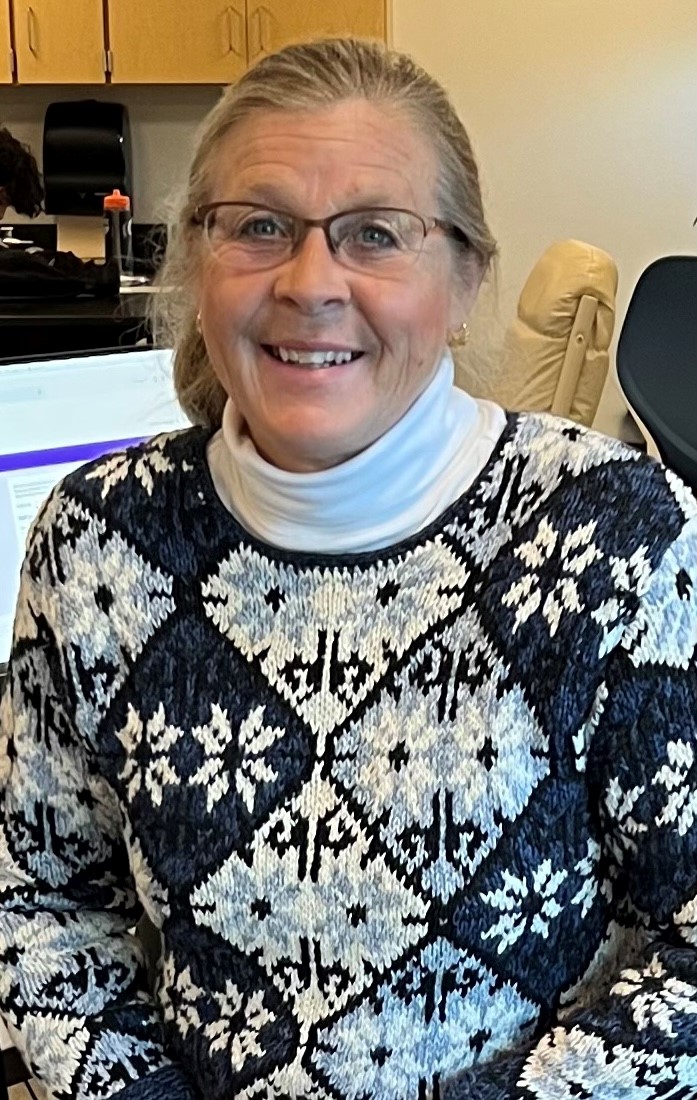Federal funds aid both Wyoming educators and students

In Wyoming Public Schools, union leaders and district officials found a way to spend federal COVID-relief dollars that altogether honors the expertise of local educators, promises dynamic instruction for students, and offers a foothold in the profession to early career educators for years to come.
The Kent County district used a portion of its federal Elementary and Secondary School Emergency Relief (ESSER) funds to pay its own expert educators to develop aligned secondary curriculum resources and pacing guides.
Educators who participated in writing and uploading curriculum for the ESSER project were compensated for their work, which was above and beyond their classroom duties and done on their own time, said Jeremy Schnotala, president of the Wyoming Education Association.
“Instead of just expecting more of the teachers and relying on them to work over the summer or on the weekends, they were compensated to do this work,” Schnotala said. “This created a very positive reaction to the project, as well as the potential to assist future teachers who may come into the district to teach these courses.”
The project streamlined curriculum and connected it to the district’s gradebook program, accessible to students and teachers. Schnotala, a veteran teacher of 30 years, worked with the district’s Director of Finance and Director of Teaching and Learning to create the curriculum development plan.
Schnotala, also the district’s Director of Theater, created two new theater courses to give students more opportunities in the visual, performing and applied arts to apply toward Michigan Merit Curriculum requirements.
Both young people and educators in the 4,000-student district southwest of Grand Rapids benefit from these improvements, said MEA member Gabriela Bernatowicz, a Spanish teacher at Wyoming High School who wrote Spanish curriculum for multiple classes.
“Providing a structured guide that includes alignment to standards, a detailed progression, and a variety of assessments will ensure consistency and facilitate a comprehensive learning experience,” Bernatowicz said.
As importantly, the project gave teachers a voice in setting a solid foundation which can be built upon going forward, she added. “It empowered teachers to customize their classes to the needs of students and gave freedom to make changes to the curriculum over time, if needed.

“This project was a positive and effective way to use ESSER funds because teachers were well compensated for their work to create a product beneficial to both students and teachers alike,” Bernatowicz said.
With standard curriculum in place, new Wyoming teachers now have a library of materials to access for instruction. Instead of spending time developing their own curriculum, new teachers can focus on developing effective lesson plans that help their students succeed in the classroom and beyond.
MEA member Anne Walker, who recently retired from Wyoming schools after teaching science for 38 years, stressed the importance of extending pay and opportunities for educators to collaborate on curriculum and classroom instructional practices.
Walker lent her passion for developing science curriculum to the project by serving as lead teacher for the district’s science teachers, working on the biology curriculum, leading department training, and serving as a general consultant for all teachers throughout the project.
“Any time educators get together to improve the teaching and learning process, the use of funds is positive and effective,” Walker said. “Working on curriculum projects opens dialogue between teachers and leads to better lessons for students.”



